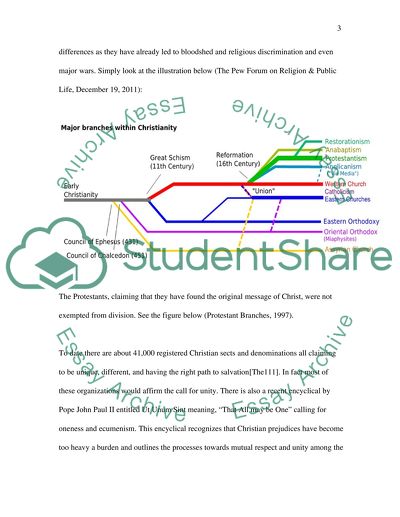Cite this document
(“A Second Look At The History Of Christianity Annotated Bibliography”, n.d.)
Retrieved from https://studentshare.org/religion-and-theology/1404333-a-second-look-at-the-history-of-christianity
Retrieved from https://studentshare.org/religion-and-theology/1404333-a-second-look-at-the-history-of-christianity
(A Second Look At The History Of Christianity Annotated Bibliography)
https://studentshare.org/religion-and-theology/1404333-a-second-look-at-the-history-of-christianity.
https://studentshare.org/religion-and-theology/1404333-a-second-look-at-the-history-of-christianity.
“A Second Look At The History Of Christianity Annotated Bibliography”, n.d. https://studentshare.org/religion-and-theology/1404333-a-second-look-at-the-history-of-christianity.


